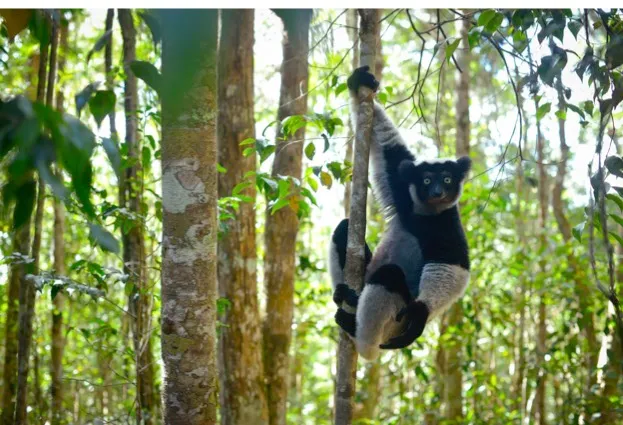A decade after groundbreaking natural history series Planet Earth aired, a new series will be astounding viewers with breathtaking footage of the world’s most fascinating wildlife behaviour, including some that have never been captured on camera before.
Taking three and a half years to complete, with 100 shoots in 40 countries, Planet Earth II uses the latest technology and utilises the most recent scientific research to uncover new wildlife stories and behaviour.
Planet Earth II aims to provide viewers with a more immersive experience than the original series, bringing them into the different environments by using up-to-the-minute technology such as drones, thermal imaging, new generation remotely triggered cameras, and image stabilisation techniques.
“Filming technology, and discoveries increasing our understanding of animals, helped us to unearth new stories – but also to get close enough to tell them,” says series producer Tom Hugh-Jones.
Never-before captured snow leopard behaviour was captured using the latest technology in camera traps, as Tom explains: “By setting high-definition remote cameras around key areas identified by researchers, our footage was almost like touching the leopards.”
Images reveal the cats mating, a fight, ‘singing’ by receptive females and ardent males, and what scientists call ‘pee-mail’ – spraying urine in order to communicate their age, sex, reproductive status and direction of travel to other leopards.
Other film firsts include following an urban leopard hunt in Mumbai, captured using a military-grade thermal imaging camera.

Lightweight camera-stabilising technology also yielded exciting results, enabling the team to keep up with wildlife on the move, as producer of Jungles episode Emma Napper explains: “We followed a troupe of indris through the Madagascan forest giving a real sense of the 3D-ness of the jungle.
"And mounting stabilised cameras on boats enabled us to get footage of the Araguaian river dolphin and explore Brazil’s flooded forest, filming a big male jaguar crunching on a huge caiman.”
Celebrating the Earth’s diverse habitats, the series’ six episodes focus on species dwelling in different environments, covering jungles, mountains, deserts, grasslands, islands, and cities.
Tales will air at the end of each episode, revealing how the Planet Earth team was able to capture the stunning footage spanning every episode in the series.
Planet Earth II airs on Sunday 6 November at 8pm on BBC One.
Stars of Planet Earth II:
- Islands: Aldabra giant tortoise, Seychelles; Komodo dragon, Indonesia; Christmas Island red crab, Christmas Island
- Jungles: Indri, Madagascar; Araguaian river dolphin, Brazil; jaguar, Brazil
- Mountains: Snow leopard, Nepal; viscacha, the Andes; bar-headed geese, Himalayan Mountain Range
- Deserts: desert long-eared bat, Negev Desert, Israel; lion, Namibia; elephant, Namibia
- Grasslands: saiga antelope, Kazakhstan; barn owl, England; Chaco leaf-cutter ant, Argentina
- Cities: Hunuman langur, India; hyena, Ethiopia; leopard, Mumbia, India
Main image: New generation remotely triggered cameras bring viewers up-close to Nepal's snow leopards in the BBC's new Planet Earth II series. © David Willis/BBC